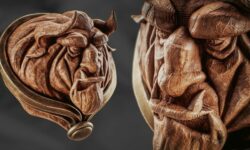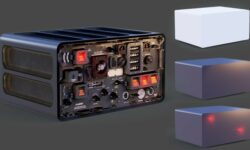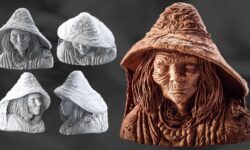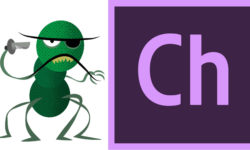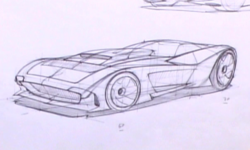Environment Production Workflow – Tips, Tricks and Concepts
Release date:2022, September
Author:David Lesperance
Skill level:Beginner
Language:English
Exercise files:Yes
DESCRIPTION
3D Environment artists require an extensive set of tools and techniques in their arsenal in order to deal with the complexity of a full 3D environment. Environment artist David Lesperance will guide you through his process for developing 3D environments in Environment Production Workflow – Tips, Tricks and Concepts. Various topics are addressed in this lecture, starting with the composition and layout of the scene, lighting, materials, textures, and sculpting techniques. David begins his lecture on composition and layout, along with some of the techniques he uses to find the best composition for the environment he is designing. This includes finding the right mood and using some quick Adobe® Photoshop® tricks to enhance the lighting in the scene He then moves into Autodesk® 3ds Max® to go over his process for developing materials in V-Ray®, starting with glass and various metal materials, pointing out various options in the V-Ray® material to make it easier to troubleshoot issues when they arise. His lecture then moves into terrain modeling, discussing a series of techniques he uses to design convincing terrains. He first discusses a technique for blending surfaces, starting by sculpting some high resolution rock formations using ZBrush and combining them in 3ds Max® using some Boolean operations. He then demonstrates how blend materials across the surfaces using vertex paint to control a mask within a Blend Material. Next he moves on to terrain building using World Machine to generate fractal based terrain maps and exporting displacement maps to rapidly create terrain assets. David’s next series of lectures focus on the practical layout, composition, texturing, and lighting a digital environment. Here, he focuses on the build process, starting with rough layout, then adding various rubble assets before moving into lighting and texturing the environment. During the texture phase, he discusses texture scale issues and demonstrates how to keep texture scale consistent across multiple assets. His final set of lectures focus primarily on rapid modeling and sculpting techniques he employs in his workflow. Here, David discusses everything from high-resolution sub-D modeling in 3ds Max® to high resolution sculpting techniques in ZBrush®. His primary focus inside ZBrush® is the use of the new Insert Multi Mesh tool and the latest updates to Dynamesh in ZBrush.



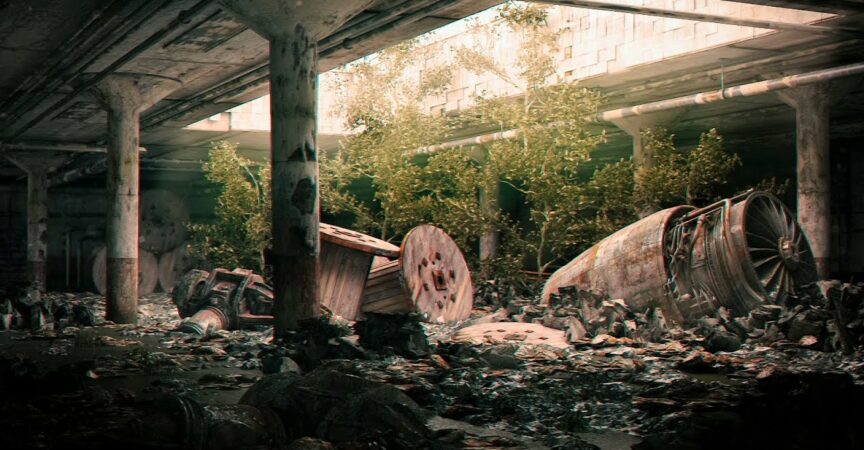

 Channel
Channel